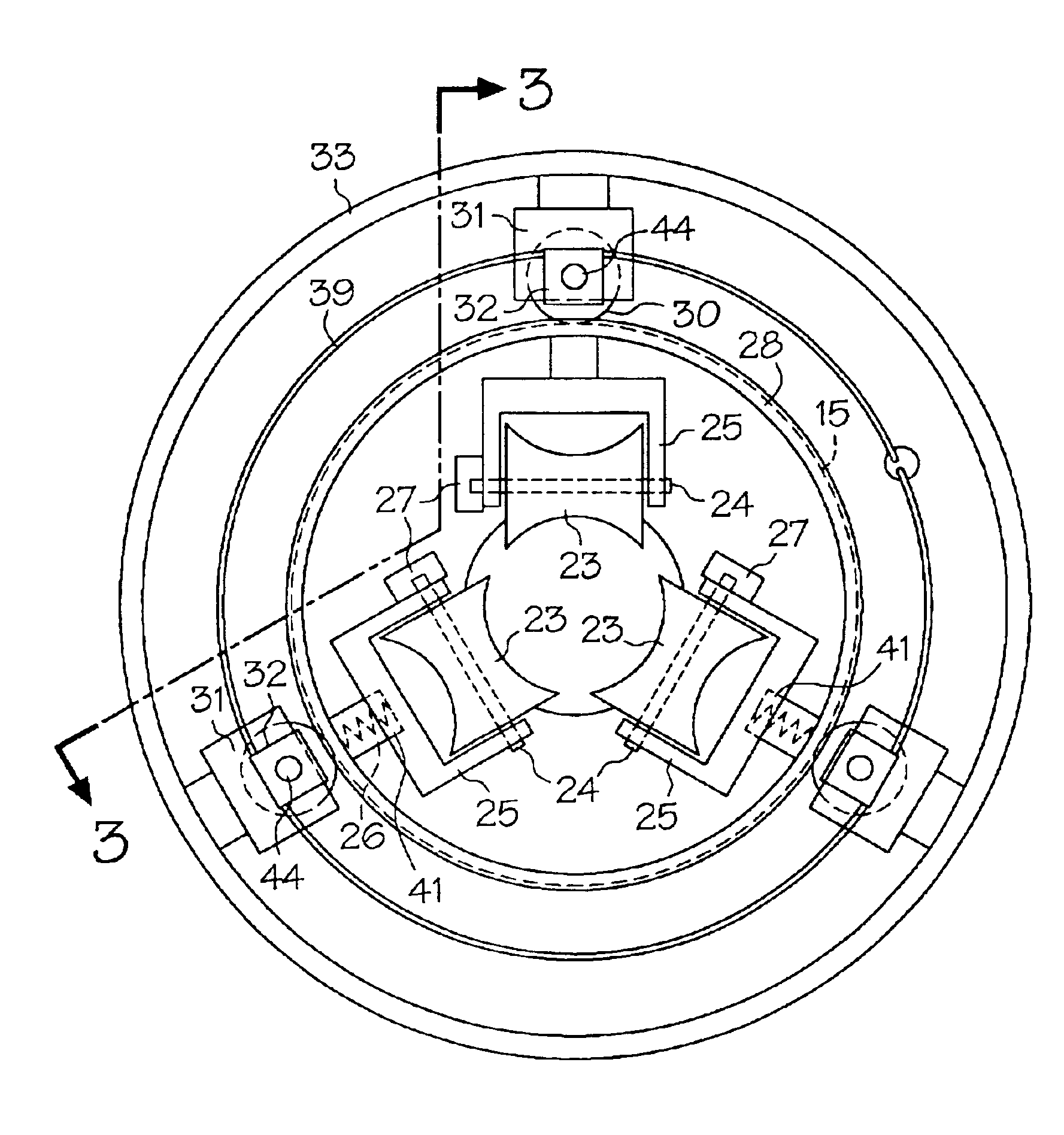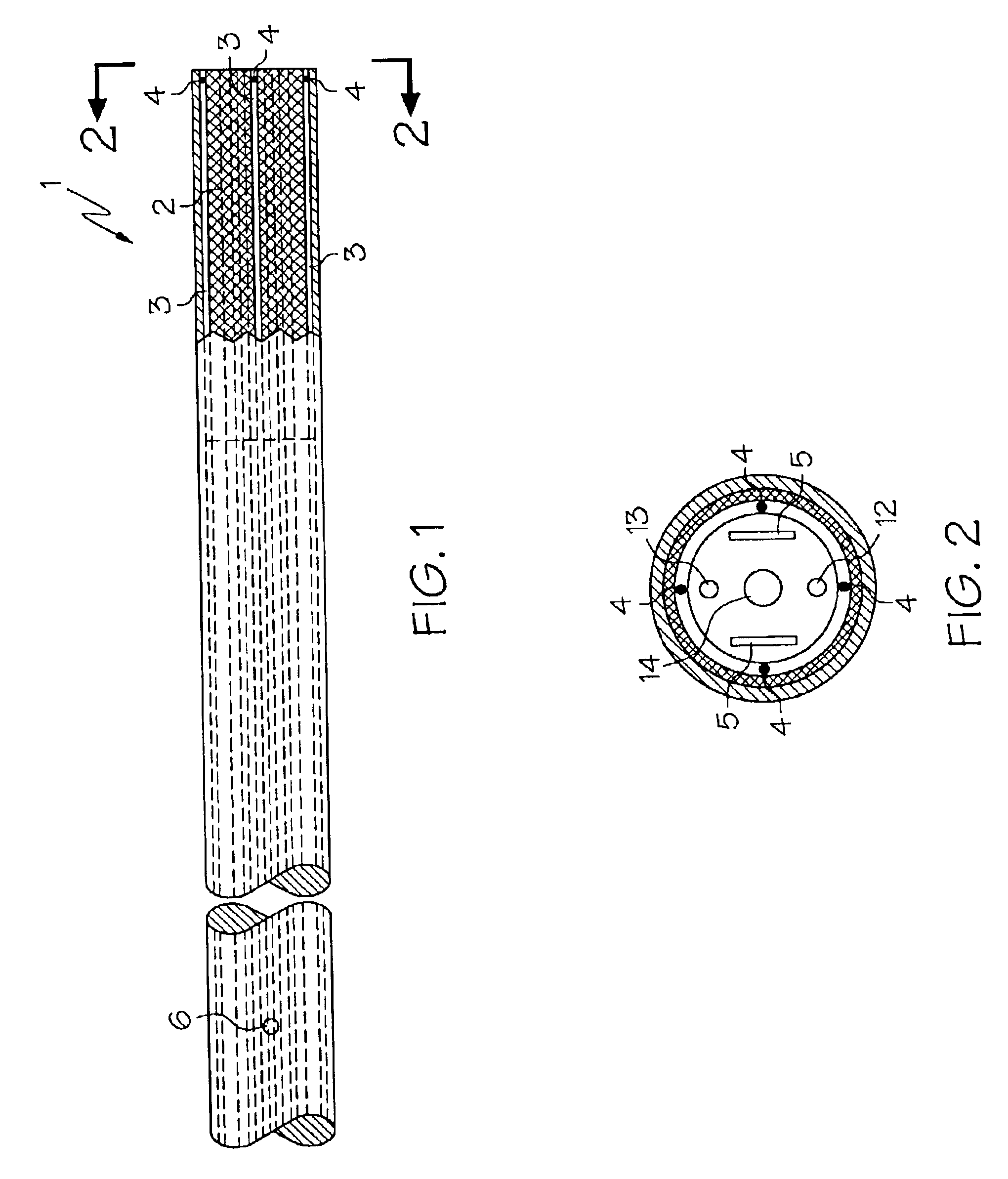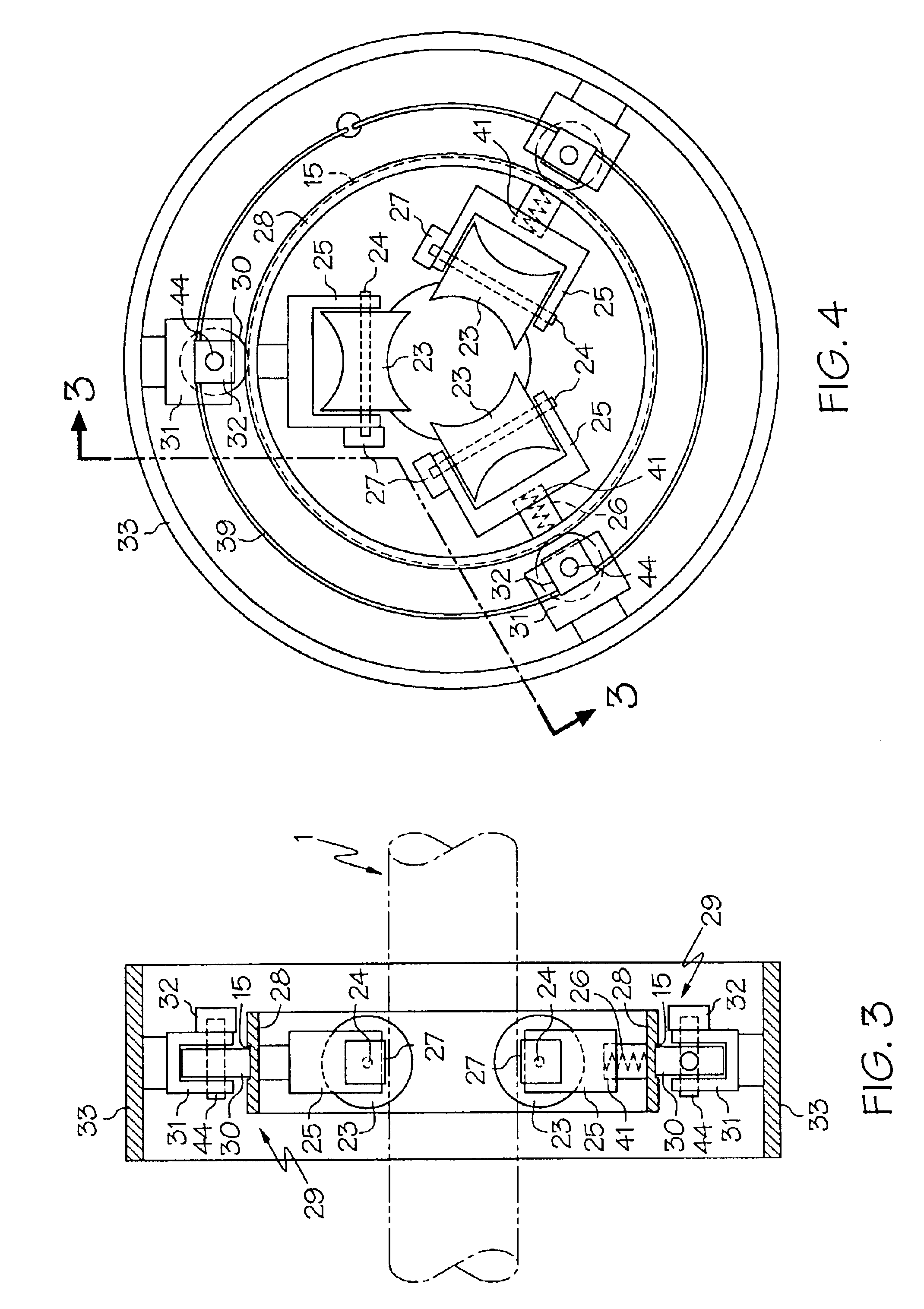Colonoscope apparatus and method
a technology of colon distention and stent, which is applied in the field of colonoscopy procedures, can solve the problems of increasing patient discomfort and not helping with visualization, and achieve the effects of reducing patient discomfort of colon distention, reducing unwanted air, and increasing patient discomfor
- Summary
- Abstract
- Description
- Claims
- Application Information
AI Technical Summary
Benefits of technology
Problems solved by technology
Method used
Image
Examples
Embodiment Construction
Applicants improved colonoscope and method reduces patient discomfort of colon distention by introducing one or more non-distal ports 6 at locations other than the distal end (colonoscope tip) as shown in FIG. 1 of scope 1. The proximal portion of the scope 1 is defined as the portion that is near the rectum when the scope 1 is substantially inserted into the rectum. The non-distal portion in this invention refers to the mid-region of the scope 1. Proximal (near the rectum) air is likely to be voided through the rectum by the patient while distal air (away from the rectum and hence near the distal tip of the scope) is moved toward the rectum by peristalsis or is suctioned by the traditional port 12 shown in FIG. 2 at the distal end of scope 1. This device will enable air removal at various locations from the rectum to the mid colon depending upon how much of the scope 1 is inserted. Beside air, other fluid such as medications, colon lubricant or water could be inserted or removed at...
PUM
 Login to View More
Login to View More Abstract
Description
Claims
Application Information
 Login to View More
Login to View More - R&D
- Intellectual Property
- Life Sciences
- Materials
- Tech Scout
- Unparalleled Data Quality
- Higher Quality Content
- 60% Fewer Hallucinations
Browse by: Latest US Patents, China's latest patents, Technical Efficacy Thesaurus, Application Domain, Technology Topic, Popular Technical Reports.
© 2025 PatSnap. All rights reserved.Legal|Privacy policy|Modern Slavery Act Transparency Statement|Sitemap|About US| Contact US: help@patsnap.com



